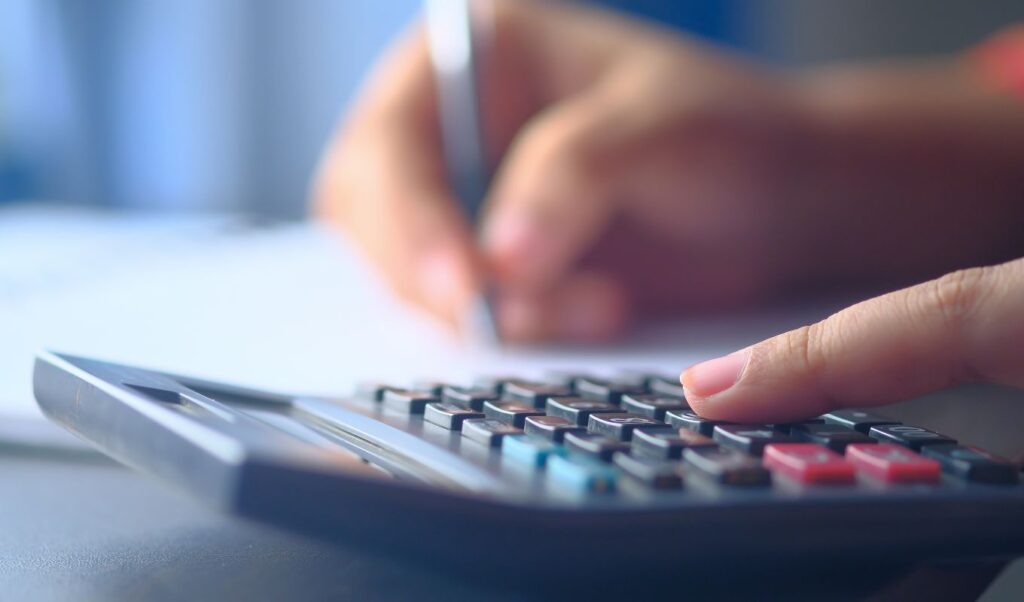Time is running out for taxpayers who haven’t yet covered 30% of their annual income with electronic payments to avoid the extra 22% tax penalty in 2026. The deadline for collecting the electronic receipts required by the Tax Authority expires in 79 days, and those obligated should check whether their expenses are sufficient to avoid the “penalty” on the amount of receipts they failed to collect.
Self-employed professionals should be particularly meticulous in their “check-up,” as the minimum presumptive income with increases significantly raises the electronic receipt thresholds that must be declared, resulting in many being at risk of falling into the “red zone” and being burdened with additional tax. This year, numerous taxpayers across all categories lost the tax deduction from consumer goods receipts, resulting in receiving “hefty” settlement notices and paying increased tax on income earned in 2024 and declared in 2025.
Under the current regime, the obligation applies to employees, pensioners, farmers, self-employed individuals, and property owners with rental income. Each taxpayer must have made expenses equal to 30% of their annual income by the end of the year, which must be paid electronically (via credit, debit, or prepaid card or e-banking) and accompanied by corresponding retail transaction receipts.
Electronic receipts: Which expenses count toward avoiding the extra tax
Expenses that are taken into account include:
– Purchase of food, beverages, clothing, shoes, bedding, stationery, cigarettes, hygiene and cleaning products.
– Purchase of electrical and electronic appliances, furniture, and other durable household goods.
– Expenses for all types of repair services.
– Payments for utility bills and common expenses, tuition fees, medical visits and examinations, hospital fees, and insurance premiums.
Excluded are payments for rent, loans, taxes and fees to the State, as well as expenses for purchasing real estate, vehicles, boats, aircraft, savings and investment products.
Electronic purchase amounts are pre-filled by the Greek tax authority, while taxpayers can make corrections if they have the necessary supporting documents. The maximum expense limit recognized reaches 20,000 euros.
Examples
For example, a taxpayer with an annual income of 20,000 euros must have spent 6,000 euros with electronic money. If the value of receipts is 5,000 euros, the 22% penalty will be calculated on the difference of uncollected receipts, i.e., 1,000 euros × 22% = 220 euros.
Another taxpayer with an annual income of 15,000 euros must have spent 4,500 euros with electronic money on purchases and services. If the electronic receipts collected amount to 3,800 euros, the 22% penalty is calculated on the difference of 700 euros, i.e., 154 euros in additional tax.
Who is exempt from collecting electronic receipts
Taxpayers aged 70 and over, those permanently residing in villages with populations up to 500 inhabitants or on islands with populations up to 3,100 inhabitants that are not tourist destinations, as well as those performing their military service, are exempt from the measure and need not worry.




